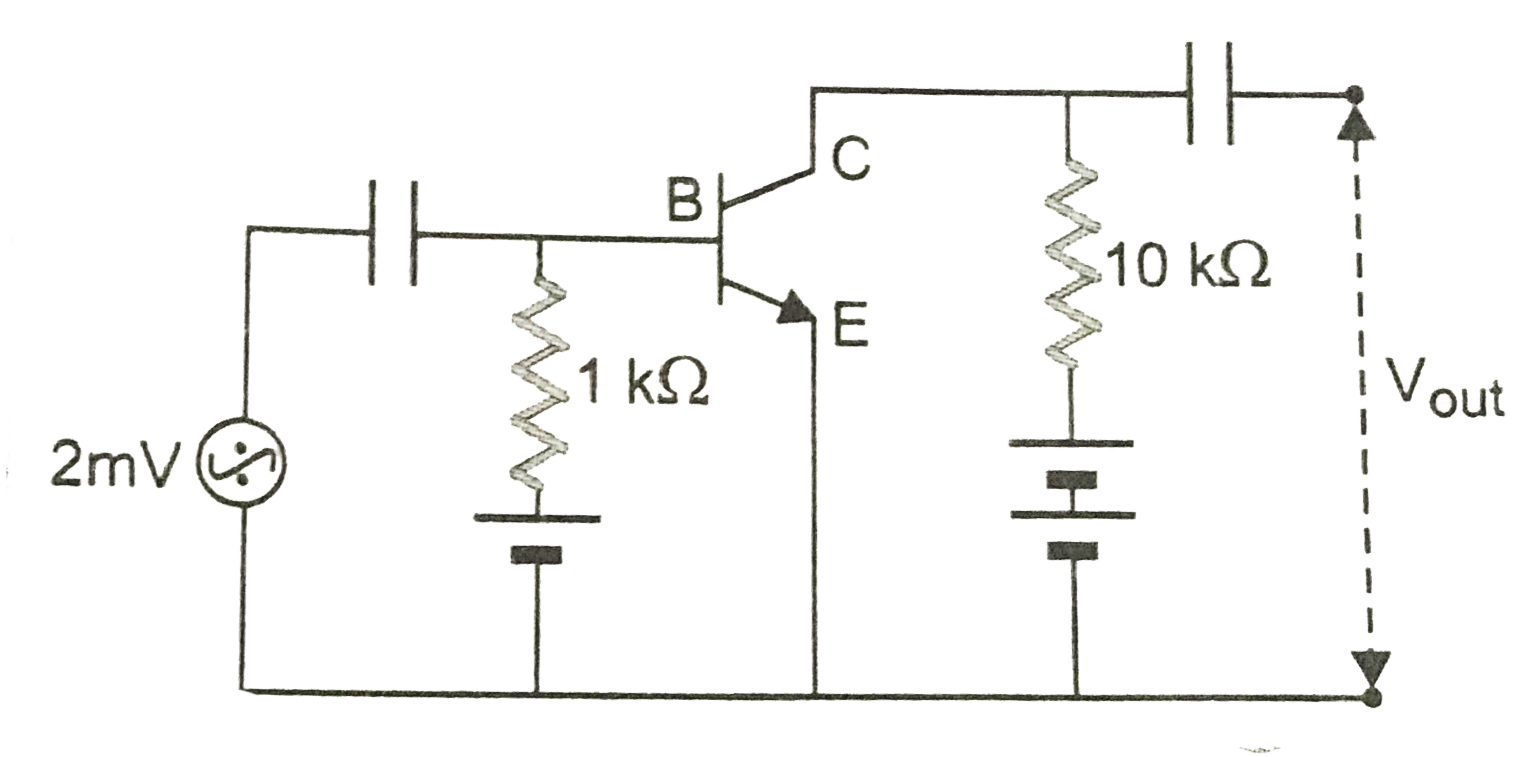In the use of transistor as an amplifier
the emitter base junction is forward biased and the base collector junction is reverse biased
no bias voltage is required
both junctions are forward biased
both junctions are reverse biased.
Step by step video & image solution for In the use of transistor as an amplifier by Physics experts to help you in doubts & scoring excellent marks in Class 11 exams.
Topper's Solved these Questions
Similar Questions
Knowledge Check
- Question 1 - Select One
In the use of transistor an an amplifier
Athe emitter - base junction is forward baised and the collector-base junction is reverse biasedBboth the junctions are forward biasedCany of the two junctions may be forward biasedDnone of these - Question 2 - Select One
To use a transistor as an amplifier
Athe emitter base junction of forward biased and the base collector junction is reversed biasedBno bias voltage is requiredCboth junctions are forward biasedDboth junction are reverse biased - Question 3 - Select One
The transfer characteristics of a base biased transistor has the operation regions, namely, cutoff, active region and saturation region. For using the transistor as an amplifier it has to operate in the
Aactive regionBcutoff regionCsaturation regionDcutoff and saturation
State the relation for the voltage gain in terms of trans-conductance, using transistor as an amplifier.
View SolutionIn the given circuit Fig. 5.11, the base current is 10μA and the collector current is 52 mA. Can this transistor be used as an amplifier ?
View SolutionTransistor as an Amplifier and Switch
View SolutionThe transfer characteristics of a base biased transistor has the operation regions, namely, cutoff, active region and saturation region. For using the transistor as an amplifier it has to operate in the
View SolutionIn the common emitter amplifier circuit, Fig. an npn transistor with output voltage of the amplifier as 1 V, the current gain of transistor amplifier is :
 View Solution
View Solution

